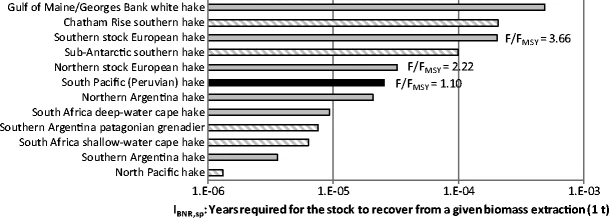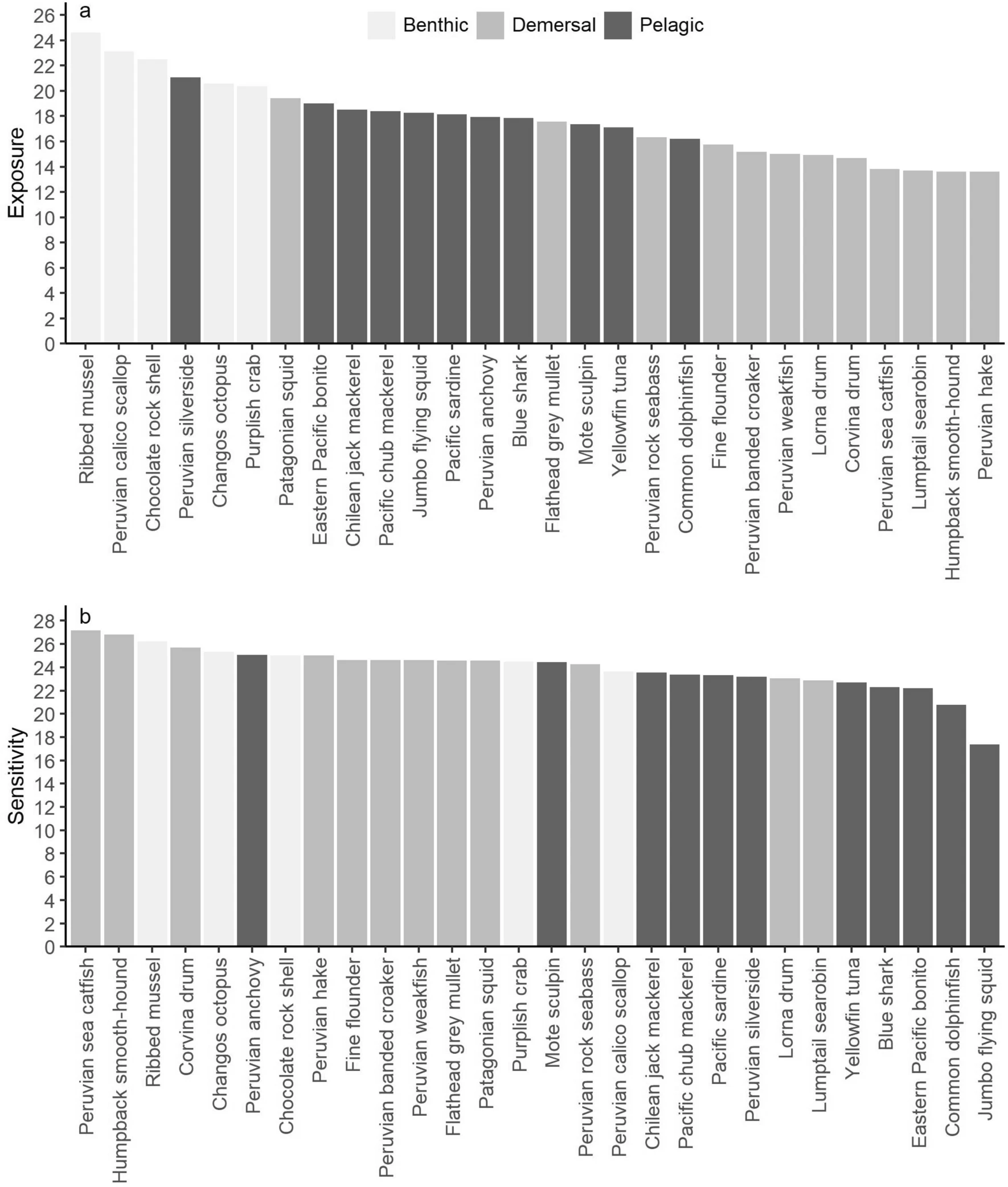See all HR resources could take a few minutes depending on your internet.
Sunday, July 10, 2022
Lower selectivity can help heavily exploited fish populations
Highlights
•Selective pressure-induced negative changes on fish populations can be mitigated with lower selectivity, favouring functionality and population recovery.
•The strong selectivity on individuals of a heavily exploited population can adversely affect the reproductive capacity of the population, the recruitment, the population structure stability, among other key characteristics.
•Within an exploited population the genetically-determined individuals to mature at larger size (and reproduce when they are older), are natural candidates to gradually disappear with the current fishery approach, and within the framework of the classical measures of protection (e.g. the criterion of minimum length of catch).
•Selective pressure-induced negative changes on fish populations can be mitigated with lower selectivity, favouring functionality and population recovery.
•The strong selectivity on individuals of a heavily exploited population can adversely affect the reproductive capacity of the population, the recruitment, the population structure stability, among other key characteristics.
•Within an exploited population the genetically-determined individuals to mature at larger size (and reproduce when they are older), are natural candidates to gradually disappear with the current fishery approach, and within the framework of the classical measures of protection (e.g. the criterion of minimum length of catch).
Puedes leer el artículo aquí
Environmental assessment of the Peruvian industrial hake fishery with LCA
Purpose
The Peruvian hake (Merluccius gayi peruanus) stock has been in a delicate state in the last decades due to overexploitation combined with adverse climatic events. The stock is showing certain signs of recovery since 2012. This work analyses the environmental impacts of current fleet operations and its likely trend.
The Peruvian hake (Merluccius gayi peruanus) stock has been in a delicate state in the last decades due to overexploitation combined with adverse climatic events. The stock is showing certain signs of recovery since 2012. This work analyses the environmental impacts of current fleet operations and its likely trend.
Climate vulnerability assessment of key fishery resources in the Northern Humboldt Current System
Los #invertebrados #bentónicos (choros, palabritas, almejas, pulpo, caracoles, etc.) están entre las especies explotadas más vulnerables frente al #cambioclimático. Son los menos estudiados, hay menor esfuerzo de investigación, el monitoreo y control aún es deficiente y no abarca por igual a todo el espectro de especies. El Sistema de la Corriente de #Humboldt frente a #Perú es el más productivo en términos pesqueros y también es una de las regiones del océano más amenazadas por eventos de gran escala como el CC. En este paper presentamos una evaluación al respecto para las principales especies de peces e invertebrados comerciales del país (la región Humboldt).
Puedes leer el artículo aquí
9th International Conference on Fisheries and Aquaculture 2022 . August 2022
The 9th International Conference on Fisheries and Aquaculture 2022 (ICFA 2022) in collaboration with the 2nd International conference of Politeknik Ahli Usaha Perikanan (AUP), which will be held in Jakarta, Indonesia via Hybrid Mode from the 25th – 26th of August 2022 under the theme “Artisanal Fisheries and Aquaculture: The Vision, Benefits, Roles, and Responsibilities.
Subscribe to:
Comments (Atom)



